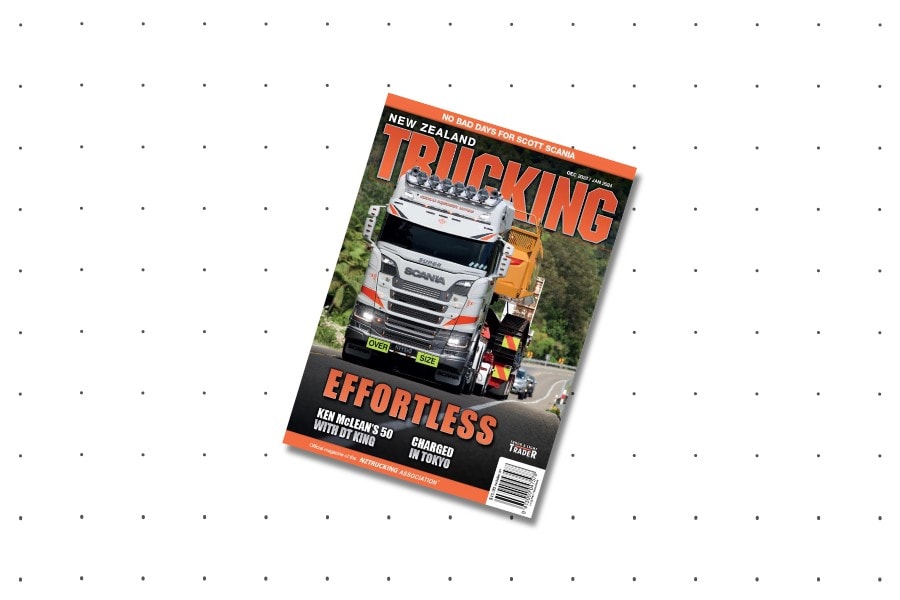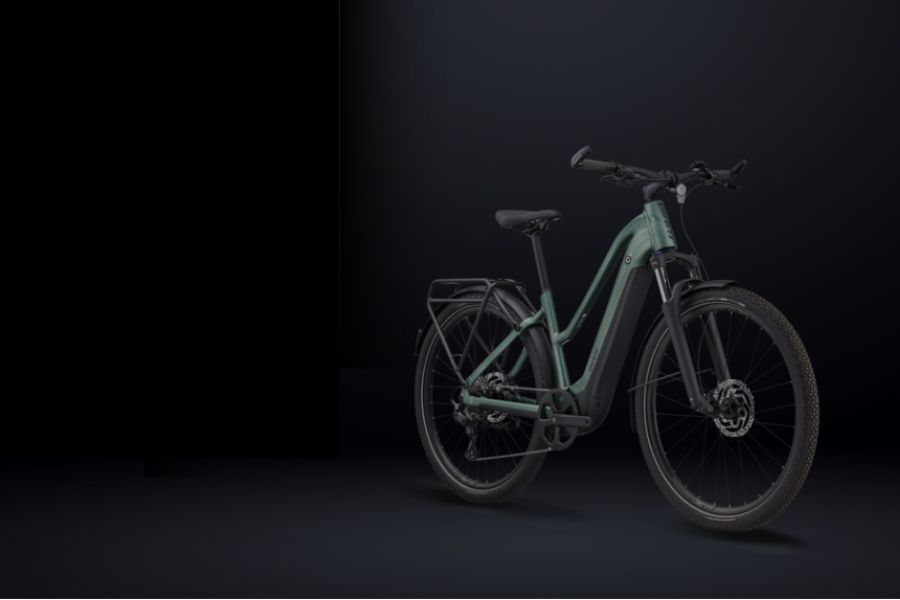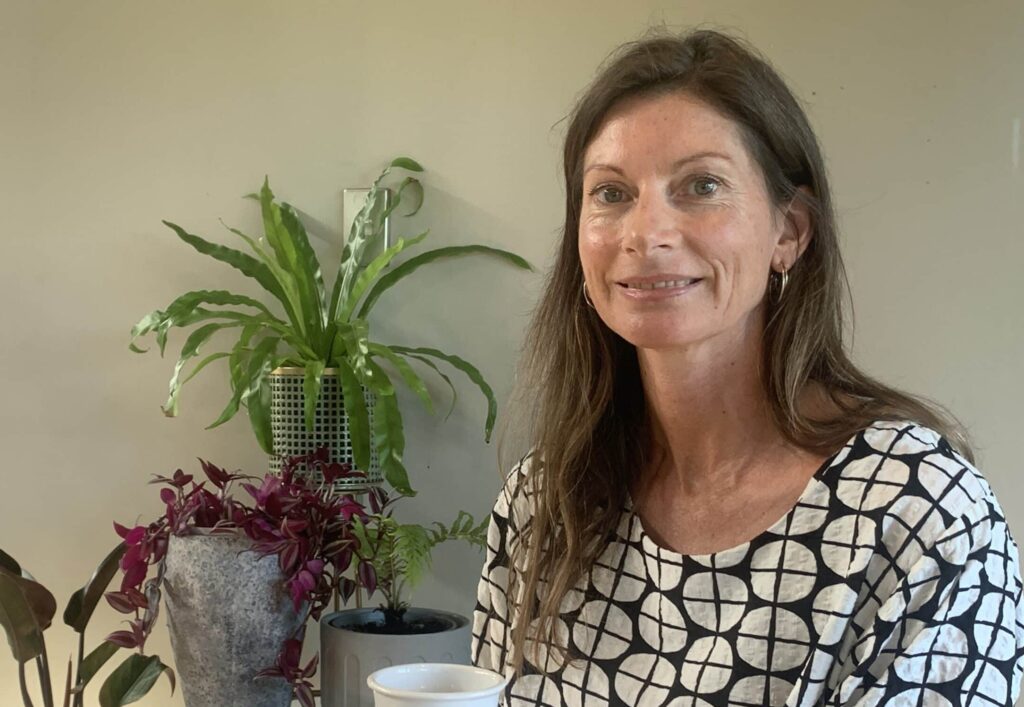Approximately 40 per cent of New Zealand’s total GHG (green house gas) emissions are attributed to energy use. As we work towards transitioning to a Low Emissions Transport system, it’s crucial to understand the impact on our energy consumption.
In this online presentation Mission Zero’s Fleet Management Networking Group was joined by Paul Bull, Head of Market Engagement for EECA, who discussed the meaning of ‘good energy’ for low emissions transport and how we might transition, as well as available market options and other insights.
EECA, Aotearoa New Zealand’s Energy Efficiency & Conservation Authority, has as its core aim to make our nation a global leader in clean and clever energy use. Paul leads his team – consisting of regional managers and experts in transport – for direct engagement with both the public and private sector.
Key take aways:
The transport sector provides the single largest opportunity to improve New Zealand’s energy productivity and reduce energy-related emissions.
Transport has become a key part of many industries’ Scope 3 reporting stream. As such EECA has had a number of programmes to help at the forefront of that – probably most notably the Public Charging programme (for public, fast chargers located approximately every 75kms) which the current government is keen to continue. This has a target of 10,000 public chargers by 2030.
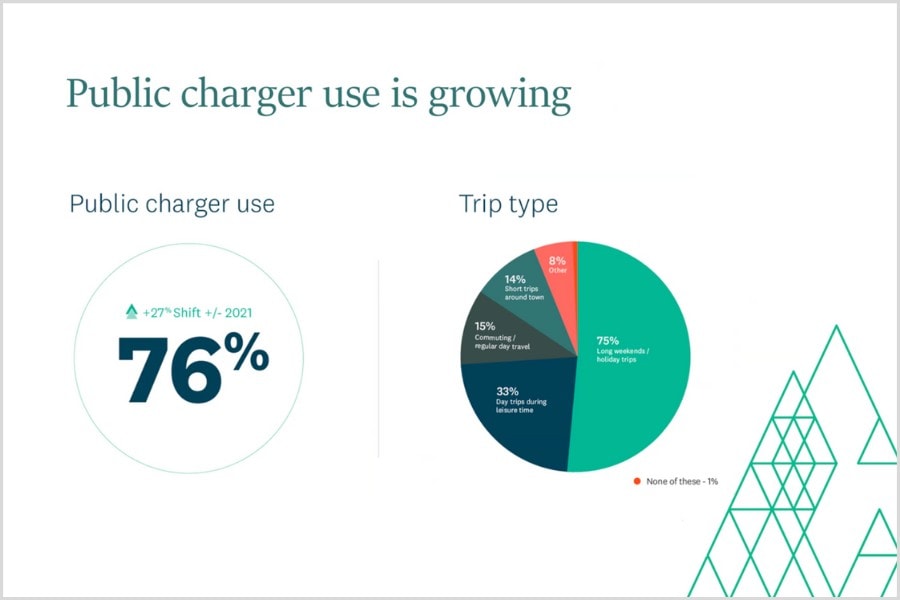
We are in a transition period, with both hydrogen and electricity (as a fuel source) being a focal point for EECA. We’re about to see a game-changer in the influx of electric trucks coming into the local market.
Challenges for hydrogen revolve around access to trucks and grants to support investment. Happily, Etrucks have managed to secure Windrose trucks for Aotearoa New Zealand, with the first demonstrator arriving in September 2024 and orders being accepted from mid-2025. EECA is expecting to be able to offer a Heavy Vehicles grant from early August 2024 (keep an eye on their website).
Challenges for electricity centre around refuelling and road user chargers. EECA anticipates a trend towards ‘infill’ charging – charging done throughout the day, particularly at destination points (like work, or retail and sports centres), with time, place and payment method being variable factors. This shift is a key consideration of the Public Charging programme.
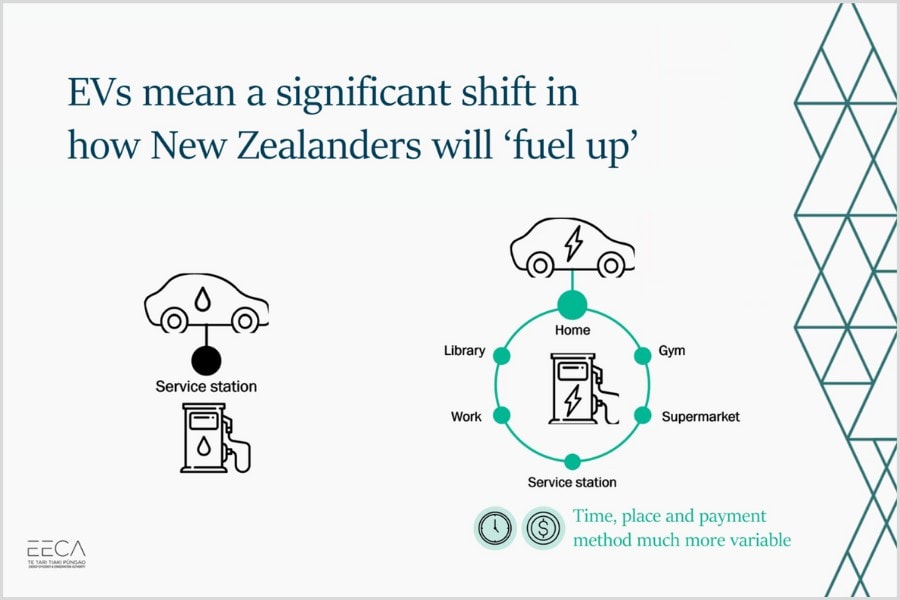
Businesses must now consider policies for at-home charging of work vehicles, including requirements for compliance certification of any at-home charging installations and understanding reclaim processes upon staff departures. Even with Road User Charges (RUC) EVs continue to work out far cheaper to run than their petrol equivalents.
After all is said and done, there’s no doubting that energy efficiency is the cheapest form of decarbonisation.
Thank you to Paul Bull for his contribution to this session.

